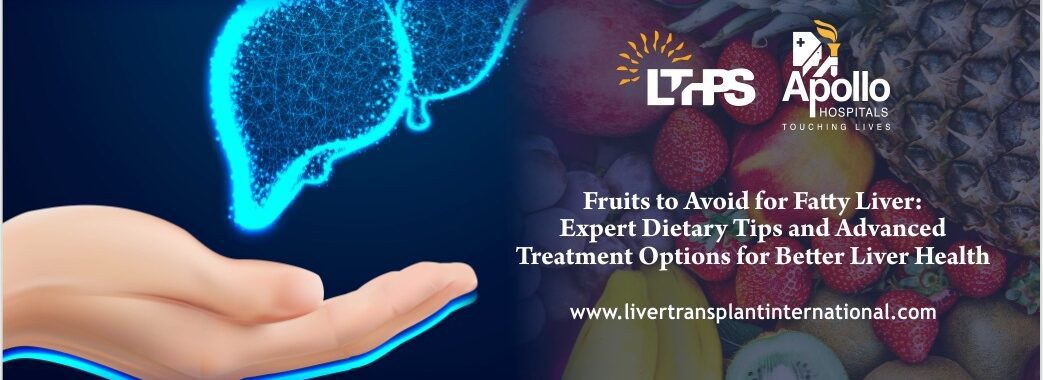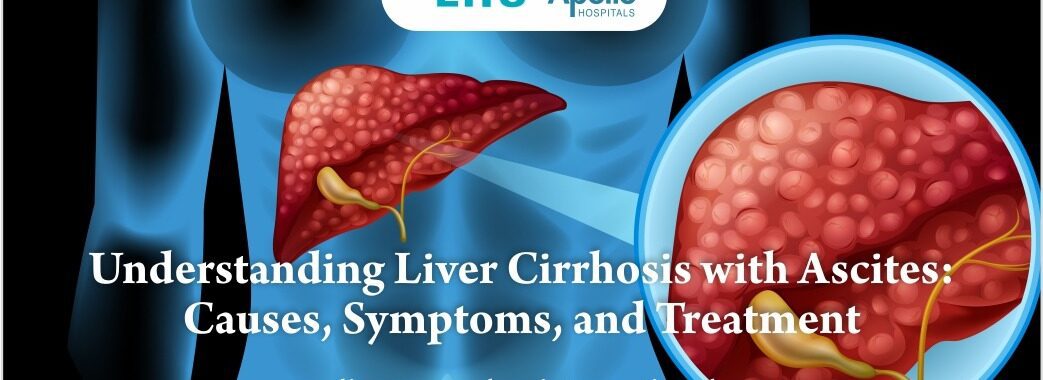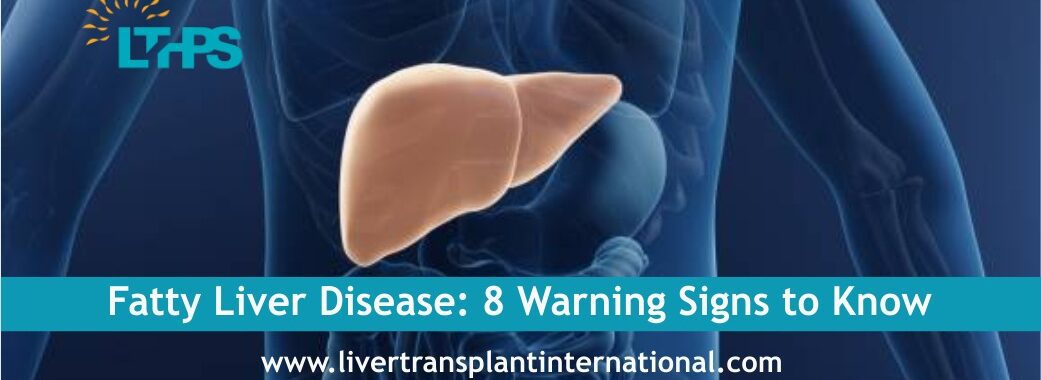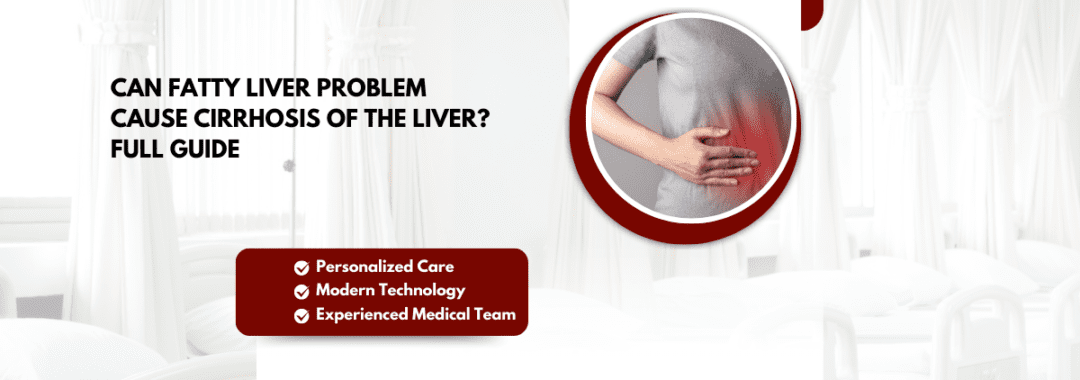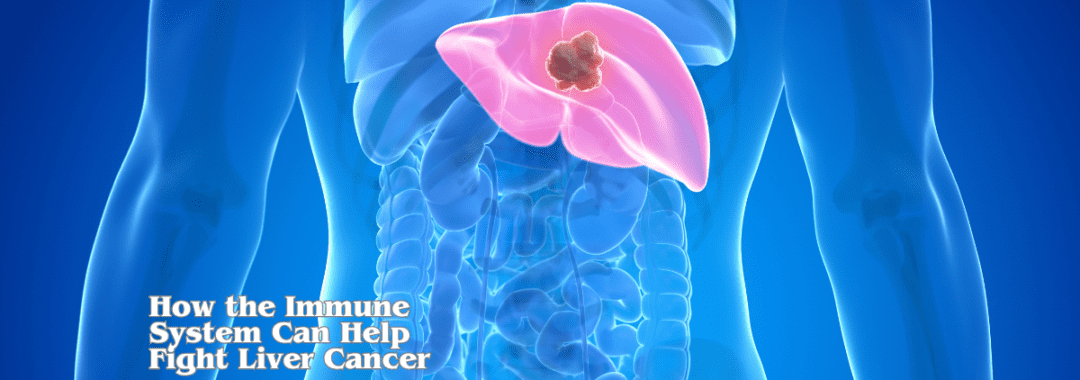Introduction
Pregnancy is often described as a magical journey– one filled with hope, excitement, and a fair share of nervousness. But imagine navigating that journey while dealing with a serious liver infection like viral hepatitis. Scary, right?
Don’t worry– you’re not alone. Whether you’re an expecting mom, a concerned partner, or just someone curious about health, this guide will break things down in a simple, friendly way. We’ll talk about what viral hepatitis is, how it affects pregnancy, and most importantly, what you can do about it.
Let’s get started with a quick overview of what you’ll find in this article.
Table of Contents
| Sr# | Headings |
|---|---|
| 1 | What is Viral Hepatitis? |
| 2 | Types of Viral Hepatitis |
| 3 | Why Pregnancy Changes Everything |
| 4 | How Does Hepatitis Affect Mother and Baby? |
| 5 | Symptoms to Watch Out For |
| 6 | How Is It Diagnosed During Pregnancy? |
| 7 | Is Treatment Safe for Pregnant Women? |
| 8 | Risks of Untreated Hepatitis During Pregnancy |
| 9 | Transmission from Mother to Baby |
| 10 | Preventing Hepatitis Before and During Pregnancy |
| 11 | Hepatitis B Vaccination and Pregnancy |
| 12 | Diet and Lifestyle Tips for Pregnant Women with Hepatitis |
| 13 | When to See a Liver Specialist |
| 14 | Role of the Best Liver Transplant Specialist in Delhi |
| 15 | Conclusion: Taking Charge of Your Health |
1. What is Viral Hepatitis?
Viral hepatitis is a type of liver infection caused by different viruses. Think of your liver as your body’s personal detox center. When it gets inflamed (which is what happens during hepatitis), it can’t function properly– just like a clogged filter.
There are several types of viral hepatitis, but the ones that mostly affect pregnant women are Hepatitis A, B, C, D, and E.
2. Types of Viral Hepatitis
A different virus causes each type of hepatitis, and they’re not all the same when it comes to risk during pregnancy.
Hepatitis A: Spread through contaminated food or water. Usually mild.
Hepatitis B: Can become chronic and pass to the baby during childbirth.
Hepatitis C: Blood-borne and can cause long-term liver problems.
Hepatitis D: Only affects people with Hepatitis B.
Hepatitis E: More dangerous during pregnancy, especially in the third trimester.
3. Why Pregnancy Changes Everything
When you’re pregnant, your body is already working overtime. Your immune system adjusts to support the baby– and that can make it harder to fight off infections like hepatitis.
Also, some liver conditions get worse during pregnancy, and that’s why proper monitoring is so important.
4. How Does Hepatitis Affect Mother and Baby?
Hepatitis can be tough on both mom and baby, depending on the type and severity.
For the mother:
Increased fatigue
Risk of liver failure (in severe cases).
Complications during labor.
For the baby:.
Premature birth.
Low birth weight.
Risk of infection at birth (especially Hep B and C).
5. Symptoms to Watch Out For.
Not every woman with hepatitis will show symptoms, which is why testing is important. But some signs to look out for include:.
Fatigue or weakness.
Yellowing of the skin or eyes (jaundice).
Nausea or vomiting.
Abdominal pain (especially upper right side).
Dark urine or pale stool.
If you’re experiencing any of these and you’re pregnant, talk to your doctor right away.
6. How Is It Diagnosed During Pregnancy?
Testing for hepatitis during pregnancy is simple and safe. Doctors usually recommend a blood test in early pregnancy to screen for Hepatitis B and C.
If you test positive, don’t panic– with proper care, many women go on to have healthy pregnancies and babies.
7. Is Treatment Safe for Pregnant Women?
Treatment depends on the type of hepatitis and how severe it is. In many cases:.
Hepatitis A and E: Supportive care and hydration.
Hepatitis B: Antiviral medications if needed (some are safe during pregnancy).
Hepatitis C: Treatment is usually postponed until after delivery, unless necessary.
Always consult a liver specialist before starting any treatment.
8. Risks of Untreated Hepatitis During Pregnancy.
Leaving hepatitis untreated during pregnancy can lead to:.
Liver failure.
Preterm labor.
Preeclampsia (high blood pressure and organ damage).
Higher risk of passing the infection to the baby.
It’s like ignoring a warning light on your car dashboard– the longer you wait, the worse it gets.
9. Transmission from Mother to Baby.
Yes, hepatitis can be passed from mother to child, but the risk varies.
Hepatitis B has the highest risk of transmission, especially during delivery.
Hepatitis C transmission rates are lower but still possible.
The good news? Vaccination and timely treatment can prevent transmission in most cases.
10. Preventing Hepatitis Before and During Pregnancy.
Prevention is always better than cure. Here’s what you can do:.
Get vaccinated for Hepatitis A and B (before pregnancy or if advised).
Avoid eating street food or drinking unfiltered water (Hep A, E).
Practice safe sex and avoid sharing needles (Hep B, C).
Make sure any medical or dental equipment is sterile.
These small steps can go a long way in protecting you and your baby.
11. Hepatitis B Vaccination and Pregnancy.
If you’re pregnant and not immune to Hepatitis B, doctors may recommend vaccination– especially if you’re at higher risk.
Newborns of Hepatitis B positive mothers should get a special immune globulin shot and the first dose of the vaccine within 12 hours of birth. This can reduce transmission risk by 90%.
12. Diet and Lifestyle Tips for Pregnant Women with Hepatitis.
Taking care of your liver while you’re pregnant means being kind to your body. Here’s how:.
Eat a liver-friendly diet: Think fresh fruits, veggies, whole grains, and lean proteins.
Avoid alcohol completely.
Stay hydrated.
Get regular check-ups.
Avoid self-medication, especially with painkillers and herbs.
Your liver is already under pressure– don’t make it work harder than it has to.
13. When to See a Liver Specialist.
If you’re pregnant and diagnosed with hepatitis– or if you have a history of liver disease– it’s a good idea to see a hepatologist (a liver doctor).
They’ll help manage your condition throughout pregnancy and prepare you for delivery.
|
Dr. Neerav Goyal is a distinguished liver and gastrointestinal surgeon with over two decades of surgical excellence. With a remarkable track record of more than 2,500 successful liver transplantations, he is widely recognized for his exceptional expertise in liver transplants, complex organ surgeries, and advanced gastrointestinal procedures.
|
|
Holding DNB qualifications in Surgery and Gastrointestinal Surgery, and a proud member of MNAMS, Dr. Goyal combines vast clinical experience with compassionate patient care. He is currently associated with the prestigious Indraprastha Apollo Hospital, New Delhi, where he continues to set new benchmarks in surgical outcomes.
|
| For appointments and consultations: |
| 📞 +91 8527516541 |
| ✉ [email protected] |
14. Role of the Best Liver Transplant Specialist in Delhi.
In some rare cases, hepatitis during pregnancy can lead to severe liver damage or even liver failure. That’s when you’ll need expert care from the best liver transplant specialist in Delhi
Delhi is home to some of India’s top liver experts, who can:.
Monitor high-risk pregnancies.
Offer cutting-edge treatments.
Plan for potential liver transplants post-delivery (if needed).
Ensure both mom and baby are safe throughout the journey.
Getting timely care from a skilled specialist can make all the difference between a complicated and a well-managed pregnancy.
15. Conclusion: Taking Charge of Your Health.
Pregnancy is already a roller coaster– dealing with hepatitis shouldn’t make it harder. The key is awareness, regular check-ups, and trusting the right medical team.
If you or someone you love is pregnant and dealing with hepatitis, don’t lose hope. With the right support and a trusted liver specialist by your side, you can still have a smooth and healthy pregnancy.
Frequently Asked Questions (FAQs).
1. Can a pregnant woman with hepatitis B have a normal delivery?
Yes, in most cases, a woman with hepatitis B can have a normal vaginal delivery. The key is proper medical management and ensuring the baby is vaccinated at birth.
2. Is hepatitis B or C more dangerous during pregnancy?
Both have risks, but hepatitis B is more likely to be passed to the baby. Hepatitis C may cause complications but is less infectious.
3. Can hepatitis affect fertility or getting pregnant in the first place?
Generally, no. Most types of viral hepatitis don’t impact your ability to conceive, though chronic liver disease might complicate things.
4. Can hepatitis be cured during pregnancy?
Cure depends on the type. Some like hepatitis A and E go away on their own. Others like B and C may require antiviral medications, which are given based on risk and timing.
5. Should I see the best liver transplant specialist in Delhi even if I don’t need a transplant now?
Yes, especially if your condition is severe or chronic. Early consultation helps manage complications and plan for future needs effectively.


